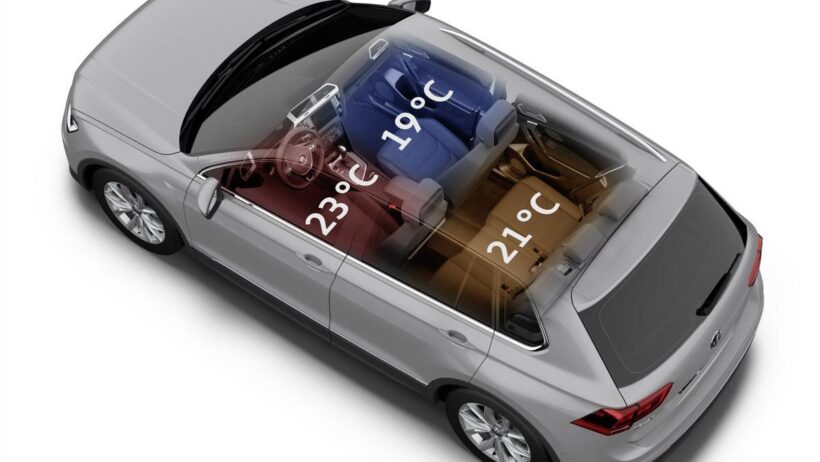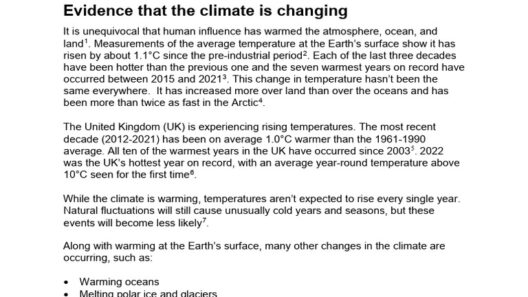In today’s world, where the intersection of comfort and technology is rapidly evolving, the concept of climate control in vehicles has become paramount. Have you ever pondered how crucial climate control systems are for enhancing our driving experience? As global temperatures rise and climate change persists, the way we manage air quality and thermal comfort in our cars is not merely an indulgent feature but an essential component that reflects our commitment to environmental sustainability.
Climate control in automobiles encompasses a range of systems designed to maintain optimal temperature and air quality within the cabin, ensuring that drivers and passengers are comfortable no matter the external conditions. The journey towards achieving a conducive and comfortable in-car environment is greatly influenced by advancements in technology, engineering ingenuity, and, more importantly, our understanding of environmental implications.
The primary function of a climate control system is to regulate the temperature within the vehicle. This involves a delicate balance between heating or cooling the air, which is accomplished using various components such as air conditioning units, heaters, radiators, and blowers. But as simple as it sounds, there is a complexity behind these systems that deserves exploration.
One of the most notable advancements in climate control technology is dual-zone or multi-zone climate control. This is particularly intriguing as it allows different areas within the vehicle to maintain distinct temperature settings. For instance, the driver may prefer a cooler setting while the passengers bask in warmth. This capability not only enhances comfort but also raises questions about energy consumption and efficiency. Is it really sustainable to maintain such disparate thermal environments in a single vehicle?
In conjunction with temperature regulation, air quality is an essential aspect of climate control. Many modern vehicles come equipped with advanced filtration systems capable of trapping particulate matter, pollen, and even harmful gases. This is where technology plays a pivotal role. The introduction of electronic controls and sensors helps maintain not just comfort, but also a healthier atmosphere inside the vehicle. However, as we seek to improve air quality, we must consider the environmental impact of the materials used in these filtration systems. Are we choosing sustainable options that align with our broader commitment to fight climate change?
The synergy between comfort and technology is evident in features like automatic climate control. These systems use sensors to detect the interior temperature and adjust the heating or cooling accordingly without any manual intervention from the user. While this adds convenience, it also calls for responsible energy usage to avoid overconsumption. As advocates for the environment, it is vital to question if convenience is compromising our planet’s health.
Moreover, the integration of climate control systems with Eco-Driving technology marks a significant step forward. Many modern vehicles now feature eco-driving modes that interact with climate control settings to optimize energy consumption and minimize carbon emissions. By intelligently managing power distribution between climate control and other vehicle systems, these innovations promote a holistic approach to environmentally friendly driving. This raises an interesting challenge: how can drivers incorporate eco-driving practices without sacrificing comfort?
Understanding user behavior is crucial for the effective implementation of climate control systems. Research shows that excessive reliance on heated seats or high cooling settings not only impacts fuel efficiency but has a detrimental effect on overall energy consumption. Thus, it becomes essential to encourage sustainable habits among drivers. Educating consumers about the benefits of moderate climate settings could lead to significant reductions in energy use across the automotive landscape. Can we cultivate a mindset shift among drivers to embrace a more sustainable relationship with their climate control systems?
In the quest for comfort, it’s imperative to also consider the broader environmental context. The refrigerants used in air conditioning systems have historically contributed to ozone depletion. While regulations have pushed for alternatives with lower global warming potential, the transition remains incomplete. Therefore, as consumers, it is our responsibility to advocate for vehicles that utilize eco-friendly refrigerants and to support manufacturers who prioritize sustainable practices. This intertwining of personal comfort and ecological awareness extends beyond our vehicles and speaks to our collective commitment to combating climate change.
As we navigate through an era where technological advancements continue to revolutionize our driving experience, it is essential to maintain a conscientious approach to climate control systems in automobiles. The features that craft comfort should not come at the expense of the environment. Instead, they should coexist harmoniously, fostering a culture of sustainability.
Challenges remain, especially as climate control systems evolve further. The question remains: how can car manufacturers and consumers alike strike a balance between maintaining luxury and reducing environmental impact? This dilemma invites a deeper dialogue on the role of technology in our lives, urging us to re-evaluate our priorities. Are we ready to embrace change, not just for ourselves, but for the sake of the planet?
In conclusion, climate control in cars illustrates the confluence of comfort and technology amidst the pressing need for environmental consciousness. Advances that promote comfort must be weighed against their ecological footprint. They should serve as a reminder of our responsibility not only as drivers but as inhabitants of this planet. As we move forward, let this be a clarion call to integrate sustainability into every aspect of our automotive experiences, from the systems that regulate air and temperature to the choices we make each time we buckle up for a drive.







